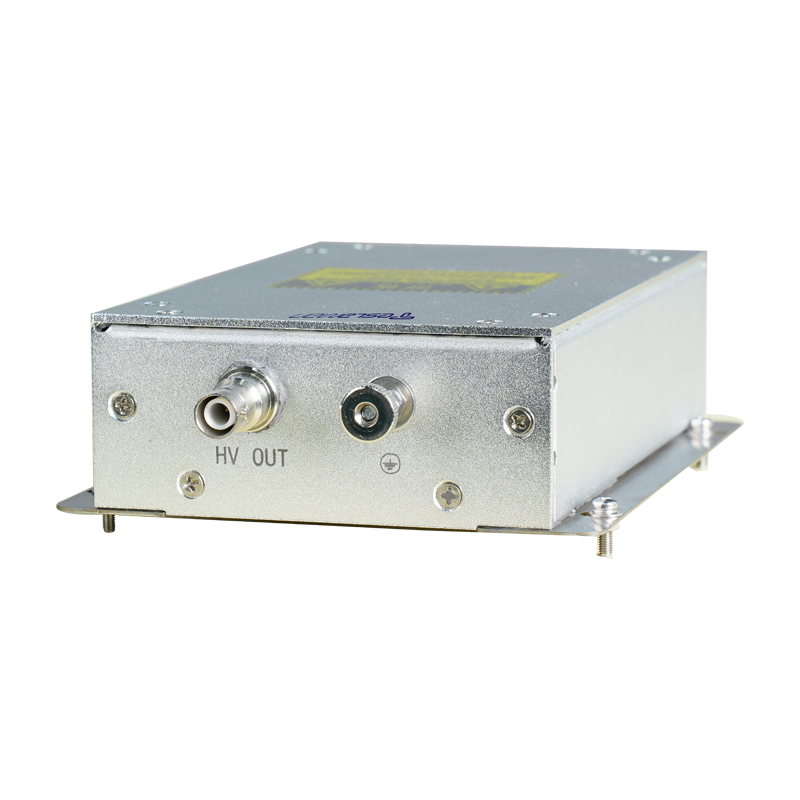Sputtering Particle Energy of High-Voltage Power Supply for Magnetron Sputtering
In the magnetron sputtering technology, the high-voltage power supply plays a crucial and vital role, and the sputtering particle energy is one of the key parameters that affect the quality of the sputtered film. Understanding the relationship between the high-voltage power supply for magnetron sputtering and the sputtering particle energy is of great significance for optimizing the sputtering process and improving the film performance.
The basic principle of magnetron sputtering is that in a vacuum environment, the electric field generated by the high-voltage power supply is used to accelerate electrons. The electrons collide and ionize with gas molecules to generate a plasma. Under the combined action of the electric field and the magnetic field, the ions in the plasma are accelerated and bombard the surface of the target material, causing the atoms or molecules of the target material to detach from the target surface in the form of sputtering particles, and finally deposit on the substrate to form a film.
The parameter settings of the high-voltage power supply directly affect the sputtering particle energy. The output voltage of the power supply is one of the key factors determining the sputtering particle energy. Generally speaking, the higher the output voltage, the greater the acceleration energy obtained by the ions, and the higher the energy of the sputtering particles generated when bombarding the target material. At the same time, the power of the power supply will also have an impact on the sputtering particle energy. A higher power can provide more ions, which increases the energy of the sputtering particles to a certain extent.
The sputtering particle energy has a significant impact on the structure and properties of the film. When the sputtering particle energy is low, the migration ability of the particles on the substrate surface is weak. The formed film may have problems such as looseness and high porosity, resulting in poor density and mechanical properties of the film. When the sputtering particle energy is too high, it may cause damage to the substrate surface and even lead to changes in the structure of the film, such as grain growth and increased stress. Therefore, precisely controlling the sputtering particle energy is essential for obtaining high-quality films.
In order to precisely control the sputtering particle energy, it is necessary to optimize and adjust the high-voltage power supply. On the one hand, the initial control of the sputtering particle energy can be achieved by adjusting the output voltage and power of the power supply. On the other hand, new power supply technologies such as pulse power supplies can also be adopted. By controlling the parameters of the pulse, such as pulse width and frequency, the sputtering particle energy can be further precisely controlled.
In conclusion, there is a close relationship between the high-voltage power supply for magnetron sputtering and the sputtering particle energy. Through in-depth research and optimization of the parameters of the high-voltage power supply and precise control of the sputtering particle energy, the quality and performance of the sputtered film can be effectively improved, providing strong support for the application of magnetron sputtering technology in more fields.




















